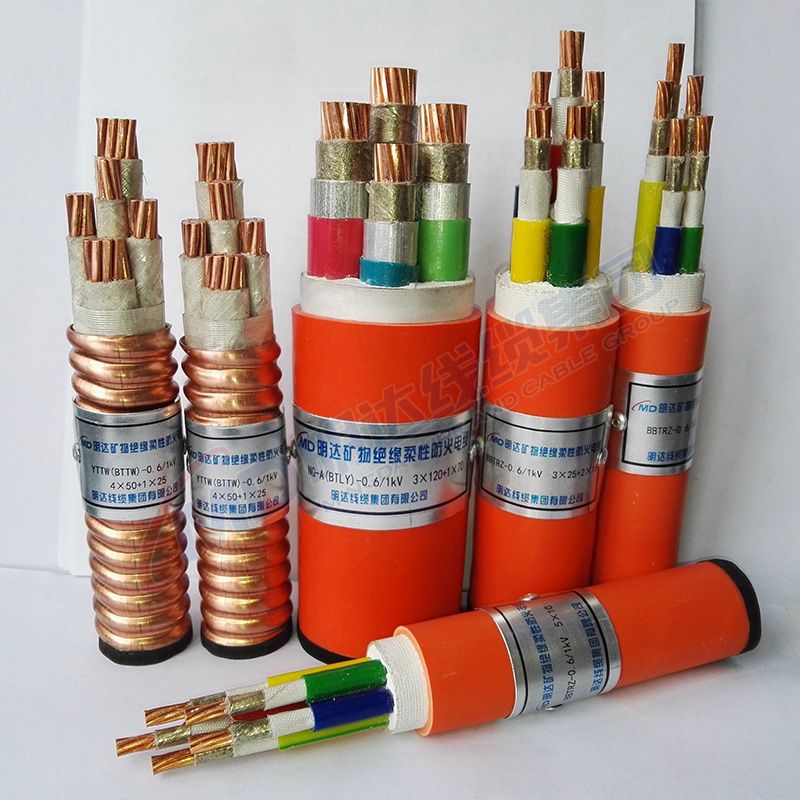Dec . 05, 2024 06:42 Back to list
Exploring the Features and Applications of DIN Globe Valves in Fluid Control Systems
Understanding DIN Globe Valves A Comprehensive Overview
DIN globe valves are critical components in various industrial applications, designed to control fluid flow in pipelines. The abbreviation DIN stands for Deutsches Institut für Normung, which translates to the German Institute for Standardization. The standard provides guidelines for the dimensions, materials, and design of these valves, ensuring reliability and safety across numerous settings.
Design and Construction
A globe valve is primarily characterized by its spherical body shape, which distinguishes it from other types of valves. The flow in a globe valve is directed through a circular path, allowing for effective regulation of fluid flow. The two main types of globe valves based on the connection design are the bolted bonnet and the welded bonnet. The bolted bonnet offers ease of maintenance, while the welded design enhances durability and leak resistance.
DIN globe valves are typically made from various materials such as cast iron, steel, and stainless steel. The choice of material is crucial, as it must withstand the operational pressures and temperatures of the fluid being handled. Additionally, these valves are designed with various sealing options, including metal-to-metal seat and soft seat configurations, ensuring efficient sealing under different operational conditions.
Advantages of DIN Globe Valves
One of the primary advantages of DIN globe valves is their superb throttling capabilities. Unlike other valve types such as ball or gate valves, globe valves provide greater control over flow rates. This makes them ideal for applications where precise flow management is essential, such as in chemical processing plants or water treatment facilities.
Another significant benefit is their robust design, which makes them suitable for high-pressure and high-temperature applications. The conforming DIN standards ensure a minimum level of quality and performance, making these valves widely accepted in various industrial sectors, including oil and gas, power generation, and HVAC systems.
din globe valve

Application Areas
DIN globe valves are employed in a wide range of industries due to their versatility. In the oil and gas sector, they are commonly used in the downstream processes where fluid control is critical. In the chemical industry, these valves help manage corrosive substances, and their design minimizes the risk of leaks.
Additionally, in power plants, DIN globe valves control the flow of steam and water within the system. Their ability to handle varying temperatures and pressures makes them suitable for both cooling systems and the turbine inlet valves.
Maintenance and Considerations
To ensure optimal functioning, regular maintenance of DIN globe valves is essential. This includes inspecting for leaks, checking the valve seat’s condition, and ensuring proper lubrication of moving parts. Being a significant component in crucial processes, failure to maintain these valves can lead to significant operational disruptions and safety hazards.
When selecting a DIN globe valve, it’s important to consider factors such as the fluid type, pressure and temperature conditions, and the specific application requirements. Consulting with manufacturers who adhere to DIN standards can also help ensure the selection of the right valve for the intended use.
Conclusion
DIN globe valves play an indispensable role in regulating fluid flow in various industries. Their design, coupled with the rigorous standards set by the DIN institution, assures users of their reliability and efficiency. Understanding their features, advantages, and applications is crucial for professionals involved in the installation, maintenance, and operation of these essential components. By utilizing DIN globe valves appropriately and ensuring regular maintenance, industries can optimize their processes and enhance safety in fluid management.
Share
-
Reliable Wafer Type Butterfly Valves for Every IndustryNewsJul.25,2025
-
Reliable Flow Control Begins with the Right Ball Check ValveNewsJul.25,2025
-
Precision Flow Control Starts with Quality ValvesNewsJul.25,2025
-
Industrial Flow Control ReliabilityNewsJul.25,2025
-
Engineered for Efficiency Gate Valves That Power Industrial PerformanceNewsJul.25,2025
-
Empowering Infrastructure Through Quality ManufacturingNewsJul.25,2025